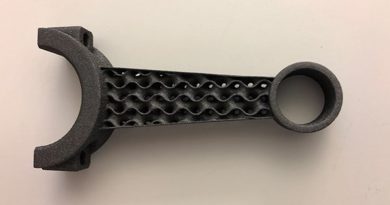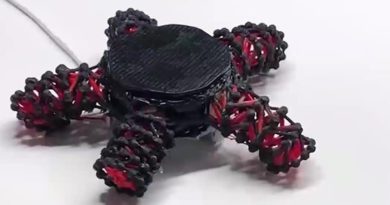AM Checklists Assist with Quality Medical Printing During COVID
![]()
It is no secret that COVID has put a strain on medical device production. Items ranging from PPE equipment to nasal swabs to medical ventilators have all been affected…and in many cases, additive manufacturing has offered easing of pressure on these supply lines.
In the early days of COVID, we saw a rash of 3D printed products designed to combat the pandemic, some of them useful, some of them not so much.
It’s not that the items were inherently useless, but there is a long path between a 3D printed prototype and a 3D printed product intended for end use in a medical context. There are a lot of certifications and regulations and other legal hoops to jump through when making products for human medical uses.
As the utility of these 3D printed components have been realised over the last few months, we have seen AM applied to not just PPE and other low cost items, but also to ventilator valves, filters, and even X-ray tubes.
In order to ensure that these components are built to a consistent quality they require manufacturing guidelines and standards that reflect the manufacturing processes and the application.
Thankfully standards and quality leader TÜV SÜD has decided to offer their assistance in designing AM checklists to ensure manufacturing compliance when making 3D printed medical products.
They have joined forces with various companies and are providing these guidelines and checklists to manufacturers who are interested in lending their expertise to battling the pandemic, while ensuring their AM products are fit for purpose, and are fit to be certified as such.
“When borders are closed to stop the spread of COVID-19, companies are forced to adjust their supply chains”, says Gregor Reischle, Head of Additive Manufacturing at TÜV SÜD.
“There are many indications that fast, integrated supply chain networks with local production operations will become the new normal.”
The low prototype cost and high availability of 3D printers have proven to be useful in a situation where high innovation is required in a short time (such as the pandemic). In addition, legacy parts can be redesigned for AM, often reducing the complexity of the original part, and printing as one part rather than an assembly. These reductions in cost and assembly time have shown to be valuable during COVID.
As the linear capacities of manufacturing sectors are stretched to breaking point by a virus that requires exponential thinking, additive manufacturing has stepped up to fill that manufacturing gap. You can see some of those examples on our COVID page.
Coordinated Efforts
Some of the initiatives that TÜV SÜD are collaborating with in these efforts are:
Mobility Goes Additive (MGA) has set up a network for knowledge sharing for those wishing to manufacture visors, masks, ventilators and other equipment. The site features use cases, links, and a forum for users to communicate/organize, and has support from TÜV SÜD regarding implementation of their guidelines.
AM software company 3Yourmind has developed a system for organizing and distributing essential supplies during the pandemic. With TÜV SÜD’s checklist in its workflow the are now integrating evaluation of the manufactured products in the process.
TÜV SÜD has partnered with agencies (Health Science Authority) and academia (NTU / NAMIC) in Singapore to provide checklists for manufacturers of visors and nasal swabs.
Original Source: https://3dprinting.com/medical/am-checklists-assist-with-quality-medical-printing-during-covid/


